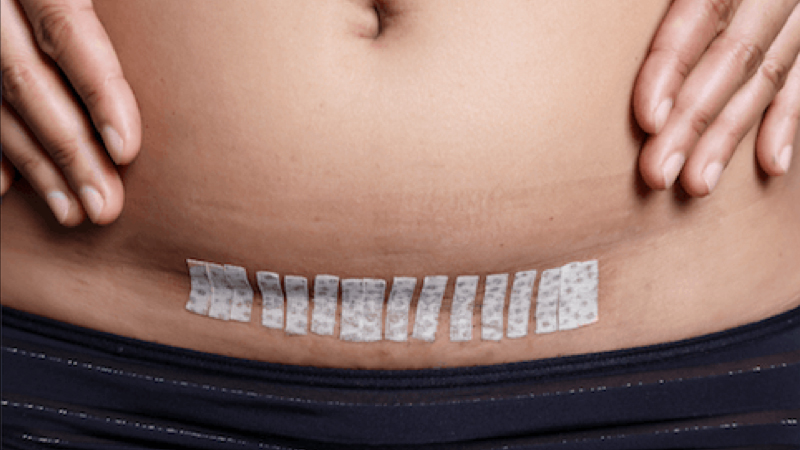
Myomectomy (Fibroid Removal)
A myomectomy is a surgical procedure to remove uterine fibroids (non-cancerous growths in the uterus) while preserving the uterus. This surgery is often chosen by women who wish to maintain their fertility or avoid a hysterectomy. Here's an overview of the procedure, recovery, benefits, risks, and alternatives.
Indications
Myomectomy is recommended for:
- Symptomatic Fibroids: Causing heavy menstrual bleeding, pelvic pain or pressure, frequent urination, or reproductive issues.
- Infertility: When fibroids are believed to be contributing to infertility or recurrent miscarriages.
- Desire to Preserve Uterus: For women who wish to have children in the future or prefer to keep their uterus.
Types of Myomectomy
- Abdominal Myomectomy: An open surgery where an incision is made in the lower abdomen to remove fibroids.
- Laparoscopic Myomectomy: A minimally invasive procedure where small incisions are made in the abdomen and a laparoscope (camera) along with surgical instruments are used to remove the fibroids.
- Hysteroscopic Myomectomy: A procedure where fibroids are removed through the vagina and cervix using a hysteroscope (a thin, lighted tube).
Procedure
Abdominal Myomectomy
- Anesthesia: General anesthesia is administered.
- Incision: A horizontal or vertical incision is made in the lower abdomen.
- Fibroid Removal: The fibroids are excised from the uterine wall.
- Closure: The uterus and abdominal incision are sutured closed.
Laparoscopic Myomectomy
- Anesthesia: General anesthesia is administered.
- Incisions: Small incisions are made in the abdomen.
- Laparoscope Insertion: A laparoscope is inserted through one incision.
- Surgical Instruments: Other instruments are used to cut and remove the fibroids.
- Closure: Incisions are closed with sutures or surgical tape.
Hysteroscopic Myomectomy
- Anesthesia: General or local anesthesia may be used.
- Hysteroscope Insertion: The hysteroscope is inserted through the vagina and cervix.
- Fibroid Removal: Specialized instruments are used to shave or cut away the fibroids.
- Completion: No external incisions are needed, and the procedure is often done on an outpatient basis.
Recovery
- Abdominal Myomectomy: Recovery may take 4-6 weeks, with a hospital stay of 2-3 days.
- Laparoscopic Myomectomy: Recovery is faster, typically 2-4 weeks, with a shorter hospital stay.
- Hysteroscopic Myomectomy: Recovery is usually 1-2 weeks, often with no overnight hospital stay.
Benefits
- Symptom Relief: Effective in reducing or eliminating symptoms caused by fibroids.
- Fertility Preservation: Maintains the possibility of future pregnancies.
- Uterine Preservation: Avoids the need for a hysterectomy.
Risks and Complications
- Bleeding: Significant blood loss may occur, potentially requiring a transfusion.
- Infection: As with any surgery, there is a risk of infection.
- Scar Tissue Formation: Adhesions may form, which can cause pain or affect fertility.
- Recurrence of Fibroids: New fibroids may develop over time.
- Damage to Surrounding Organs: There's a risk of injury to adjacent organs such as the bladder or intestines.
Alternatives
- Medication: Hormonal treatments or medications like GnRH agonists can shrink fibroids or manage symptoms.
- Uterine Artery Embolization (UAE): A procedure that cuts off blood supply to the fibroids, causing them to shrink.
- MRI-Guided Focused Ultrasound Surgery (FUS): A non-invasive treatment using high-intensity ultrasound waves to destroy fibroids.
- Endometrial Ablation: A procedure that destroys the lining of the uterus to reduce bleeding, suitable for small fibroids.
Patients should consult their healthcare provider to determine the most appropriate treatment based on their specific condition, symptoms, and reproductive goals.
